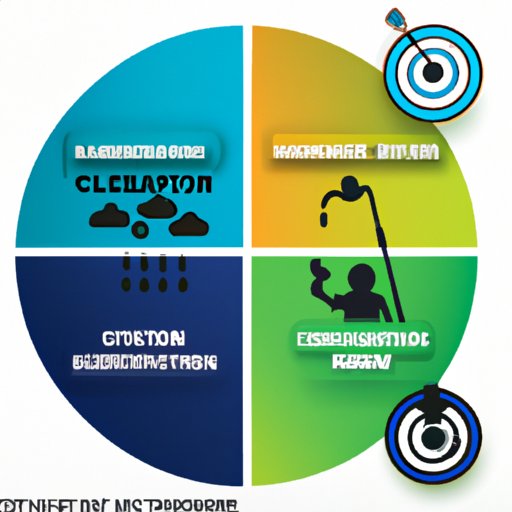Introduction
As businesses consider how to operate more sustainably and meet the demands of their customers, many organizations are turning to science-based targets (SBTs) as a way to measure and manage their environmental performance. SBTs are specific measurable objectives that companies set in order to reduce their environmental impact. By setting these targets, businesses can track progress and make sure they are meeting their sustainability goals.
According to the Science Based Targets Initiative, “Science-based targets provide companies with a clearly defined pathway to future-proof growth by specifying how much and how quickly they need to reduce their greenhouse gas emissions.” The initiative is a collaboration between CDP, UN Global Compact, World Resources Institute (WRI), and WWF.
The Basics of Setting Science-Based Targets for Your Business
Before you can begin setting science-based targets for your business, you must first identify your business’s goals. What are the sustainability goals that you want to achieve? Do you want to reduce your carbon footprint, or improve water resource management? Once you have identified your goals, you can then start to establish metrics and targets.
When developing your metrics and targets, it is important to ensure that they are realistic and achievable. You should also consider the needs of your stakeholders, such as customers, suppliers, and employees. It is important to take into account their concerns and how they may be impacted by your targets.
Once you have established your metrics and targets, the next step is to develop a plan to achieve them. This plan should include a timeline for when the targets will be met, as well as any strategies for reaching those targets. For example, if your goal is to reduce carbon emissions, your plan might include investing in renewable energy sources or switching to more efficient production processes.
How to Use Science-Based Targets to Achieve Sustainable Goals
In order to use science-based targets to achieve sustainable goals, it is important to understand the impact they can have. According to research conducted by WRI, setting science-based targets can lead to a reduction in emissions of up to 35 percent by 2030. Additionally, research has shown that companies that have set science-based targets have seen an increase in profits and market value.
It is also important to understand the role of reporting and transparency in achieving sustainable goals. Companies should be transparent about their progress in meeting their targets, and report on their performance regularly. This helps to ensure that their goals are being met, and allows stakeholders to hold them accountable for their actions.
In addition to understanding the impact of science-based targets, it is also important to utilize resources available to help you set and achieve your goals. There are numerous tools and services available to help businesses identify and measure their environmental impacts, and develop strategies for reducing them.
Exploring the Different Types of Science-Based Targets
There are several different types of science-based targets that businesses can set. Carbon emissions targets are one of the most common, as they focus on reducing the amount of greenhouse gases produced by a company. Water resource management targets focus on conserving and managing water resources, while waste reduction targets focus on reducing the amount of waste a company produces.
Other types of targets include biodiversity targets, which focus on preserving and restoring ecosystems; natural resource management targets, which focus on using resources responsibly; and energy efficiency targets, which focus on improving energy efficiency.
Examining the Impact of Science-Based Targets on Our Environment
Setting science-based targets can have a significant impact on our environment. One of the most important impacts is reducing a company’s carbon footprint. By reducing emissions, businesses can help to slow the rate of climate change, and contribute to a healthier planet.
Additionally, setting science-based targets can help to improve air quality by reducing air pollutants from factories and other industrial sites. Finally, setting targets can help to enhance biodiversity by protecting habitats and species, and encouraging sustainable agricultural practices.
Conclusion
Science-based targets provide businesses with a clear path towards achieving their sustainability goals. By setting measurable objectives, companies can track their progress and ensure that they are meeting their targets. Additionally, setting science-based targets can have a positive impact on our environment, including reducing carbon emissions, improving air quality, and enhancing biodiversity.
By setting science-based targets, businesses can demonstrate their commitment to sustainability and show their customers and stakeholders that they are taking action to protect our planet. We all have a role to play in creating a more sustainable future, and setting science-based targets is one way to do so.
(Note: Is this article not meeting your expectations? Do you have knowledge or insights to share? Unlock new opportunities and expand your reach by joining our authors team. Click Registration to join us and share your expertise with our readers.)
